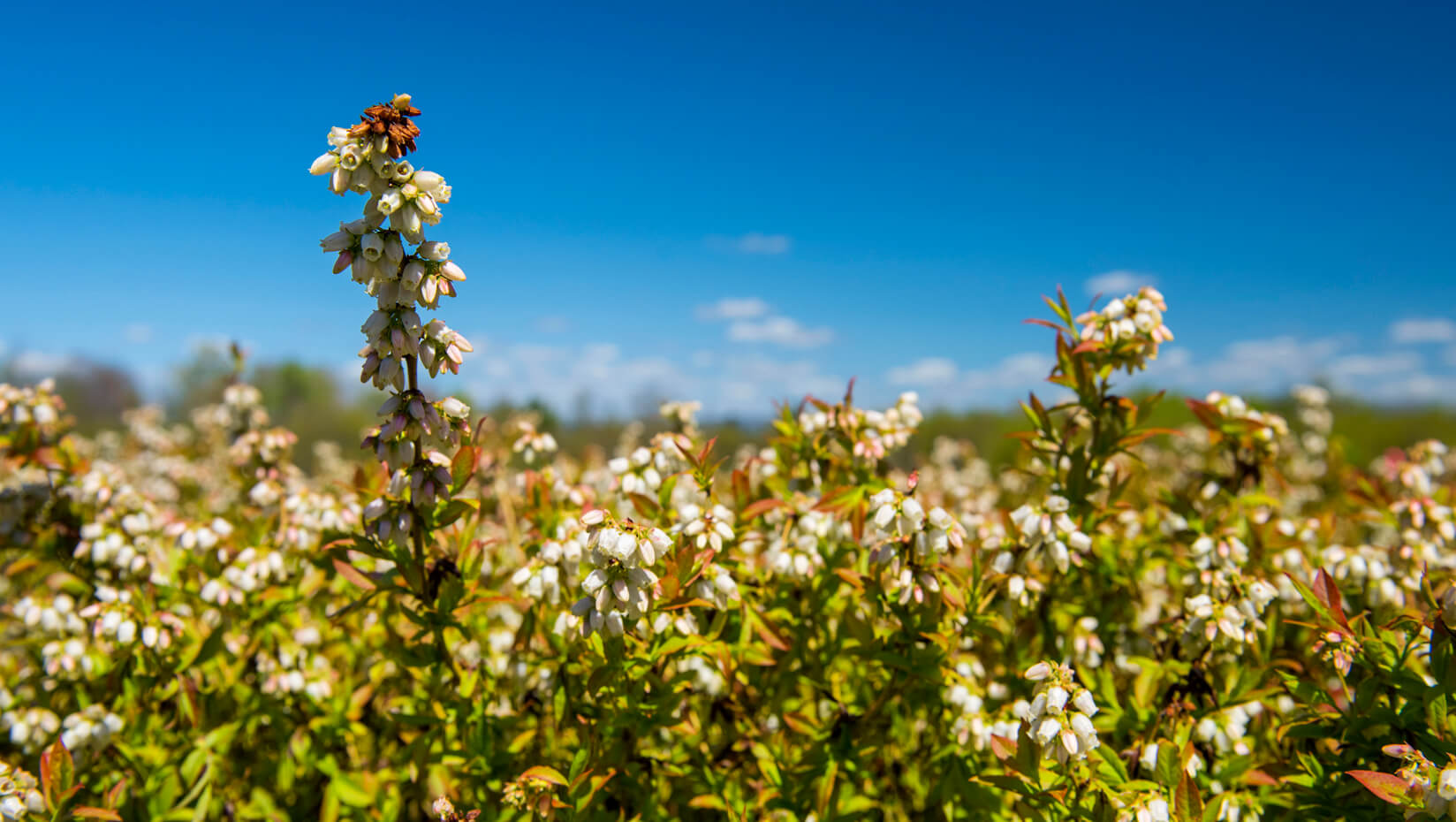
Social groups key to preserving natural resources
Cooperation may be the key to successful sustainability, says Timothy Waring, an associate professor in the School of Economics and the Senator George J. Mitchell Center for Sustainability Solutions.
Waring is working toward a ‘theory of sustainability’ and is seeking to discover what makes sustainability possible. He’s asking the question: when, and how, do sustainable resource strategies and the institutions that support them emerge?
To address this question, Waring and a team of researchers from the National Institute for Mathematical and Biological Synthesis (NIMBioS), developed a mathematical model to understand how societies with different social structures and institutions manage natural resources to identity the key factors of successful resource management.
They found that cooperation within social groups might hold the answers.
“We found that sustainable use of resources emerged more when societies were broken up into multiple groups, like states in the United States, or countries in Europe,” says Waring.
The model suggests that societies made up of smaller social groups are better at managing resources because each group has the ability to learn from the successes and failures of other groups. Favorable behaviors and strategies survive and can spread among groups, says Waring.
“Cooperation is easier in small groups, easier with familiar people, and with similar people. And cooperation is more durable when it is supported by social and institutional factors as well,” says Waring.
This research was recently published in the journal Ecological Economics.
Waring is currently working with other researchers at the University of Maine to test the new theory by looking at some of Maine’s most iconic natural resources — lobsters and blueberries — and the social groups that surround them.
Read more about Waring’s research on the George J. Mitchell Center for Sustainability website.
Contact: Walter Beckwith, 581.3729
